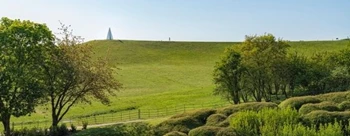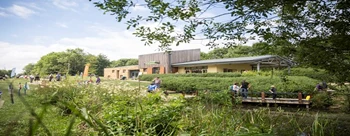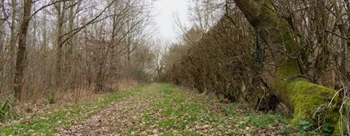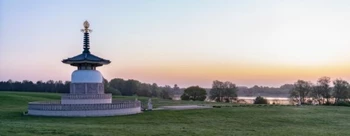Foraging in the parks: Free food all around
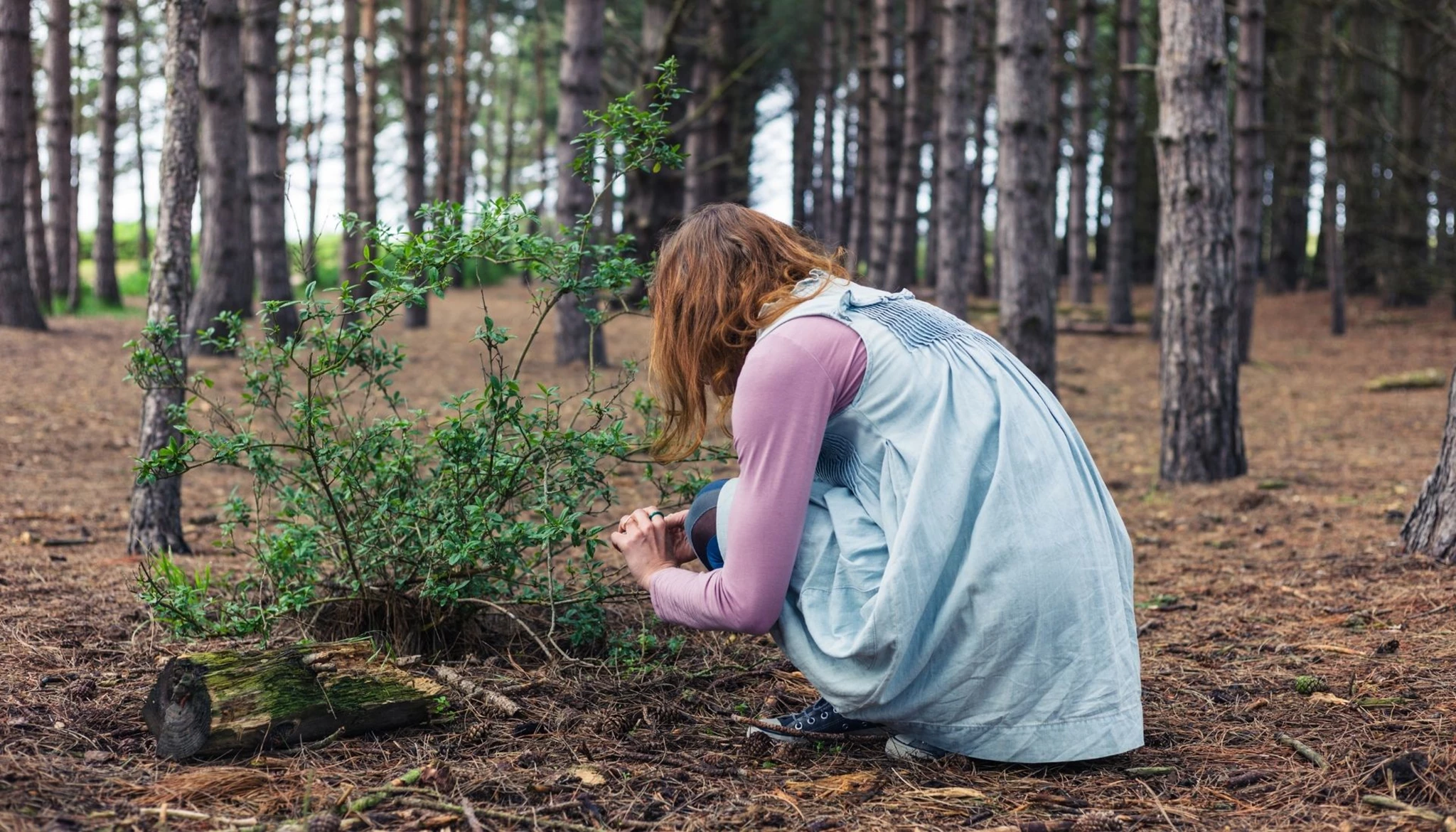
Autumn is one of the best times of year foraging in Milton Keynes. Foraging, or searching for and harvesting wild food and resources, can be a rewarding and fun way to explore your local green space. While it can feel a bit daunting, there are several easily identifiable edible plants in autumn that you can start with to build your skill set and confidence. Take your time to observe all parts of the plant and come back in different seasons to see how it can change.
Foraging for personal consumption is allowed throughout Parks Trust parks but please do pick responsibly:
- Only take a few berries or leaves from one plant and move to another area to continue harvesting, ensuring plenty are left behind for wildlife. Do not damage the area or trample plants as you harvest
- Only take as much as you plan to eat/use.
- Ensure there are several more of the same plant/fungi in the area so you do not harm the population.
- Be certain you have IDed a plant correctly as some plants are very poisonous. Find a good foraging/botanical guidebook or even participate in a course.
- Do not uproot any plants or dig into the ground.
Blackberries
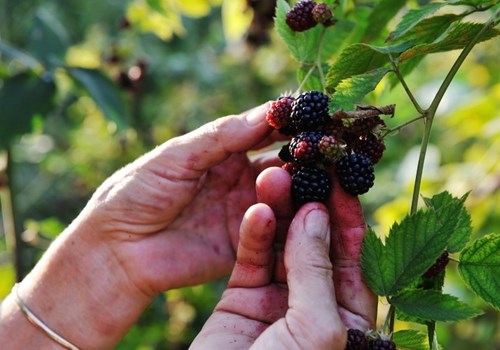
The bramble is easily recognizable and grows in abundance, a great option for beginners! Blackberries are ripe when they reach their black colour, usually in late July through the start of Autumn. They can be found in woodlands and hedges. They can be eaten raw or cooked into crumbles and pies.
Elderberries
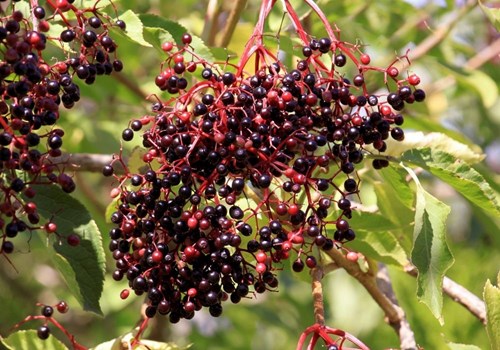
Elderberries come from elder – a tree or shrub often seen in hedges or along bodies of water. The berries form in clusters of deep purple. They can be mistaken for dogwood berries but a quick look at the leaves can clear up confusion. Elder leaves are serrated, whereas dogwood leaves are smooth. Elder leaves are also compound – they contain 5-7 leaflets on one single stem. The berries are best cooked and can be made into spreads or used to flavour drinks as a cordial.
Conkers

Conkers are the nuts that grow on horse chestnut trees. While conkers aren’t edible, they are very handy as they contain frothing agents that make for a great natural alternative to soap. A few chopped conkers can replace a bar of soap for wild handwashing or can even be used in your washing machine in a mesh bag to clean your clothes.
Crab Apples
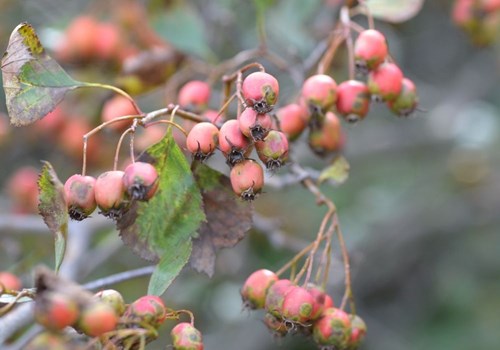
Crab apples can be found along hedges or the edges of woodlands. Their fruit looks like a smaller version of the cultivated apple found at the supermarket. They are quite tart, making them great for cooking. They also have a high pectin content which is useful as a thickener for jams and spreads.
Rosehips
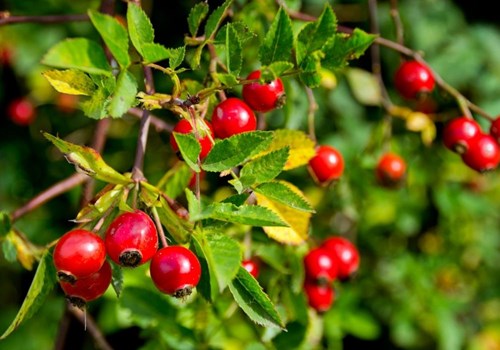
Rosehips are the fruit that forms on rose bushes in autumn. You will find dog rose – a wild variety – throughout our parks, often in hedges. They are ripe when they have a slight give but aren’t too mushy. They taste best after a frost or two. Do take care to avoid touching or ingesting the itchy seeds inside the fruit. The fruit can be eaten raw by simply squeezing out the paste in the middle or made into syrup.
We’d love to hear what you’ve foraged in the parks this autumn – let us know by tagging us on social media @TheParksTrust.




